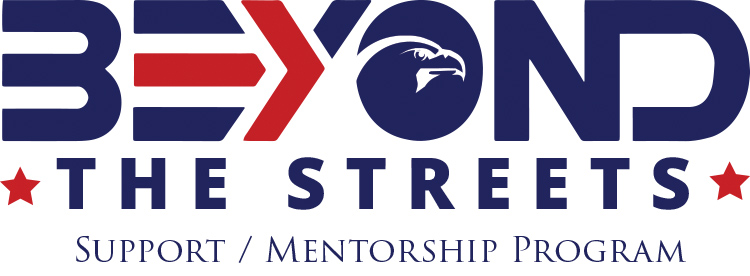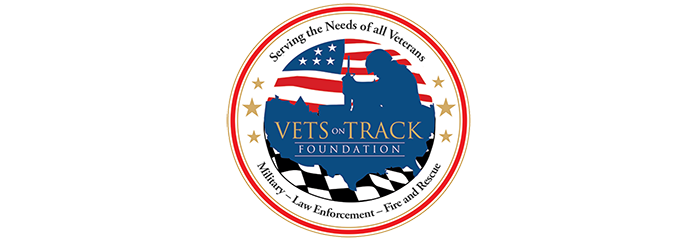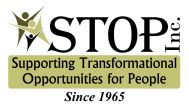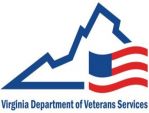
Our mission is to furnish homes for veterans, first responders and their families who are transitioning into permanent housing from homelessness, and then work to re-educate those we serve about the basics of self-sufficient living. Our overall objective is to end veteran and other secondary population homelessness by expanding our program into cities all across the country.
Organizations working with the homeless are doing great work in getting these heroes off the street, but individual attention must be given once the housing is secured. Veterans, first responders and others are being placed into permanent housing without the basic comforts of home – like a bed or sofa, dishes, or cooking essentials. If someone has to come home to an empty house, it ultimately affects their morale and self-esteem and translates into a lack of motivation to get their lives back on track. Our Foundation ensures these individuals have the necessary household goods to transform an empty house into a warm inviting home.
Follow-On Care
During the course of a year, our volunteers follow up with each of our clients several times to ensure they are developing the necessary life skills to maintain their personal hygiene, their homes and social skills needed to reenter their communities as productive citizens. Our volunteers spend time re–teaching many of life’s basic tasks – cleaning a house, taking a shower, or going to buy groceries to help ensure a complete transition from homelessness.
Our Beyond the Streets program steps in where local, state, and federal support for our homeless veteran’s end. There are many programs that support veterans in gaining housing, but there is no support once that housing is secured.





